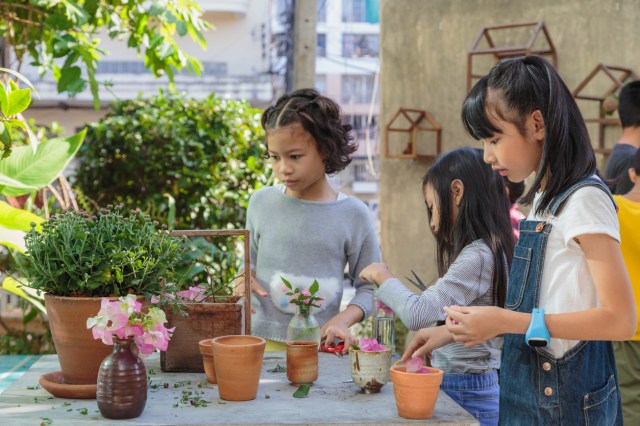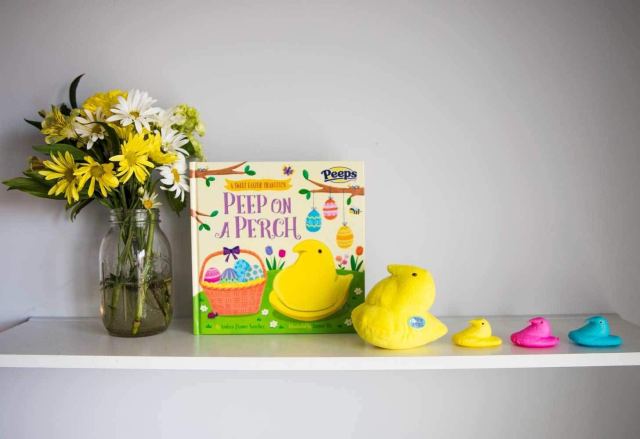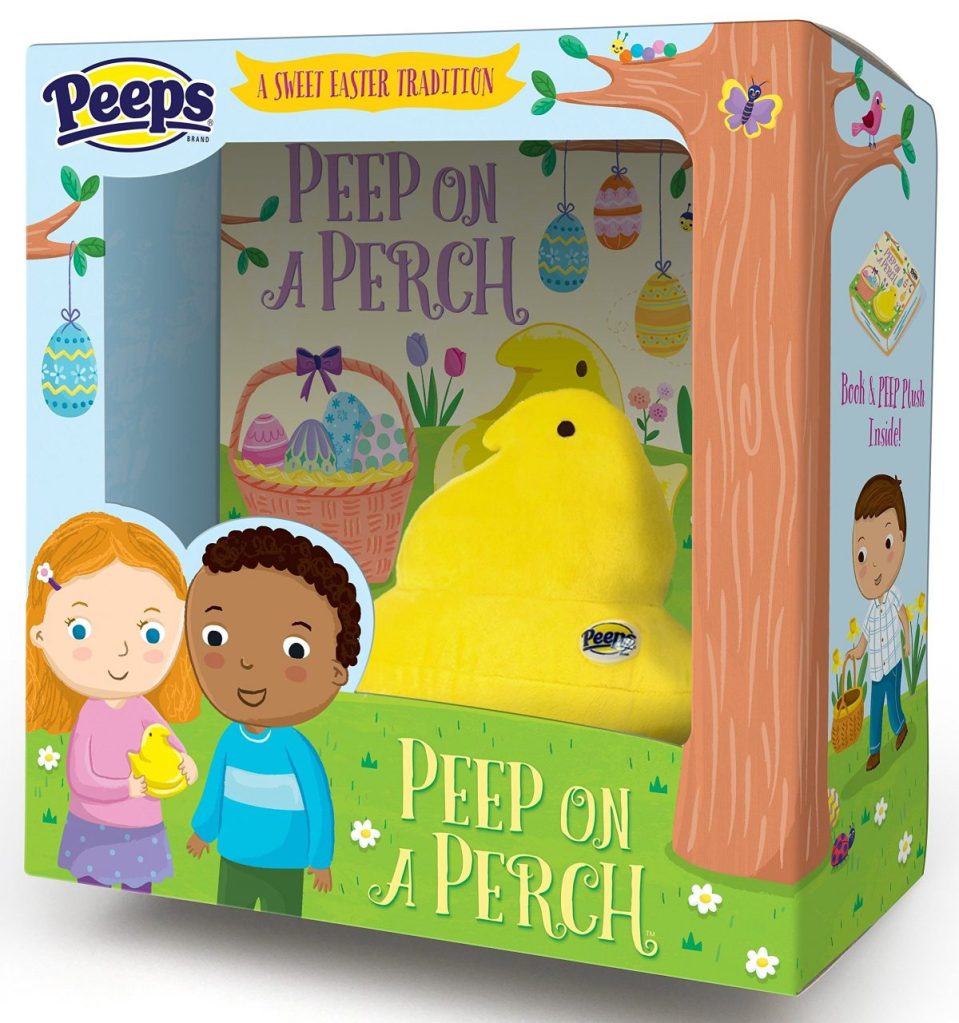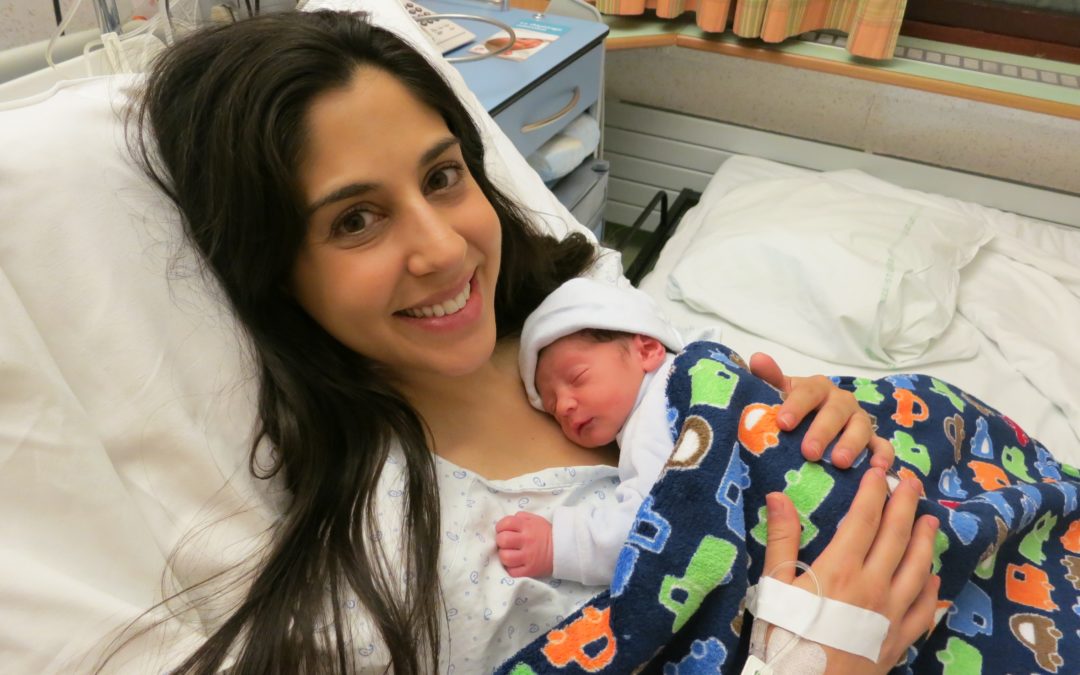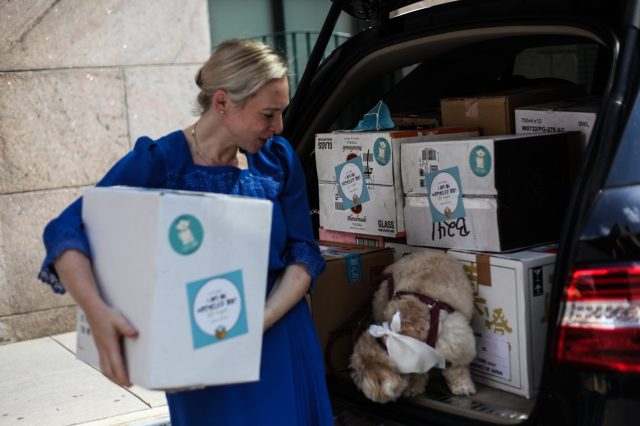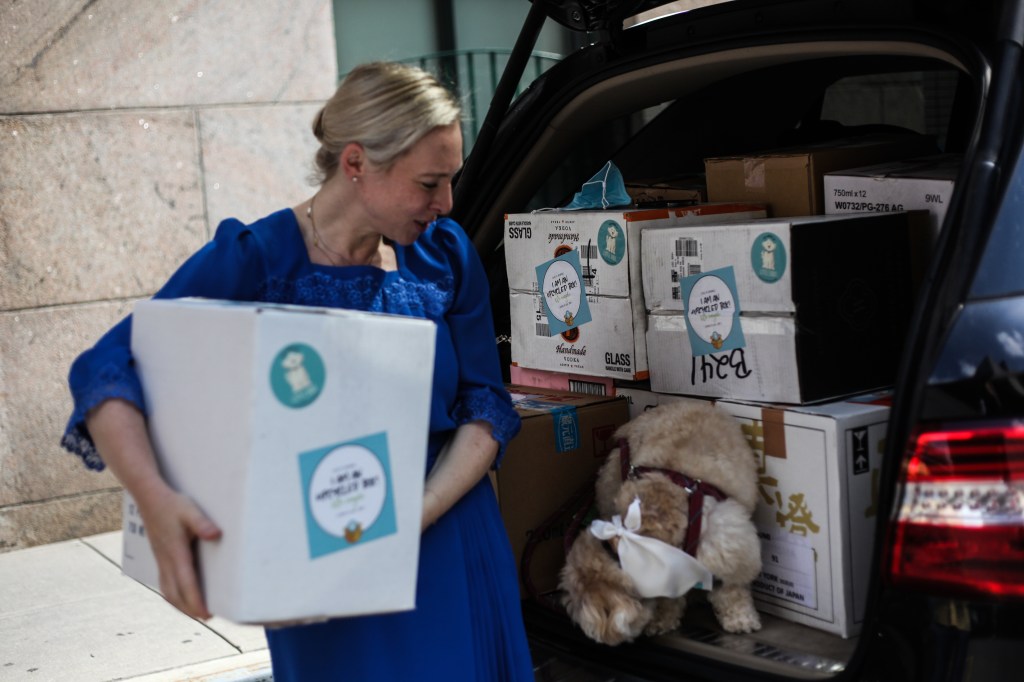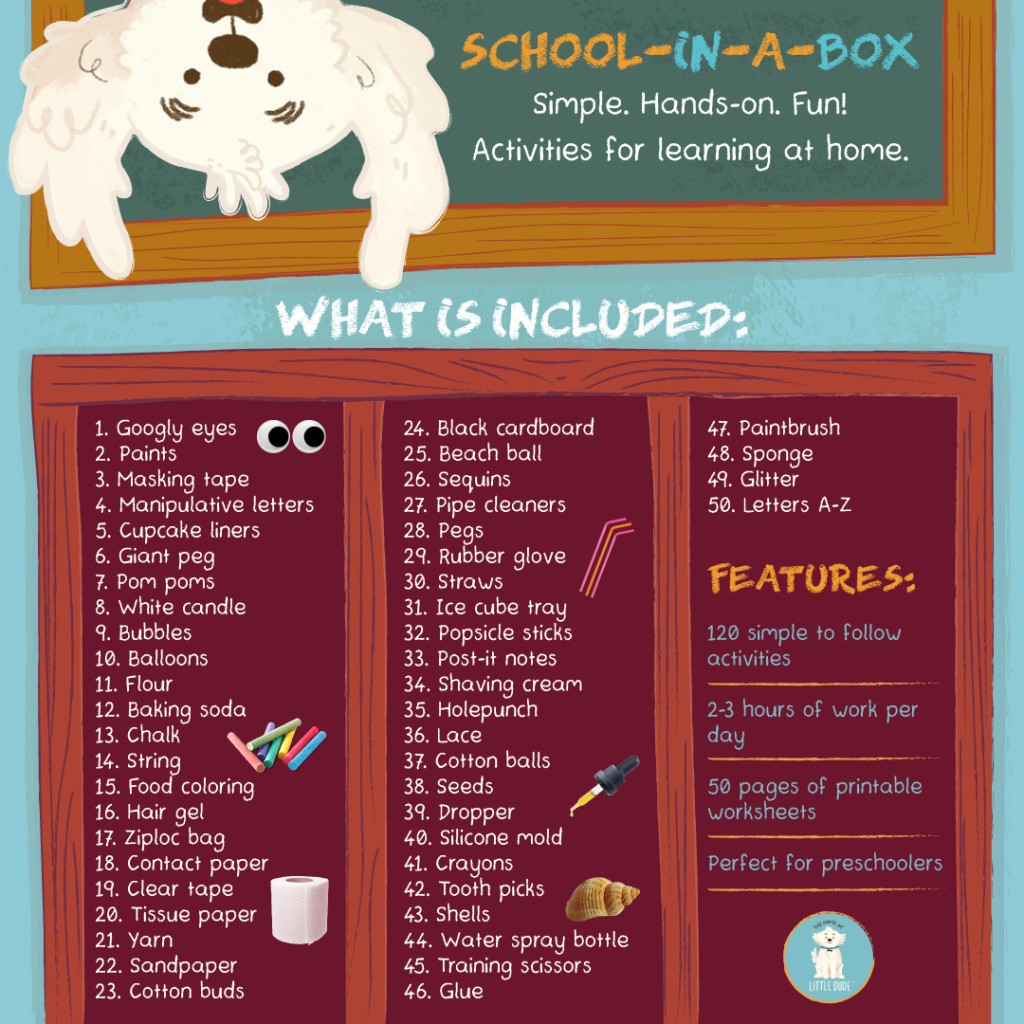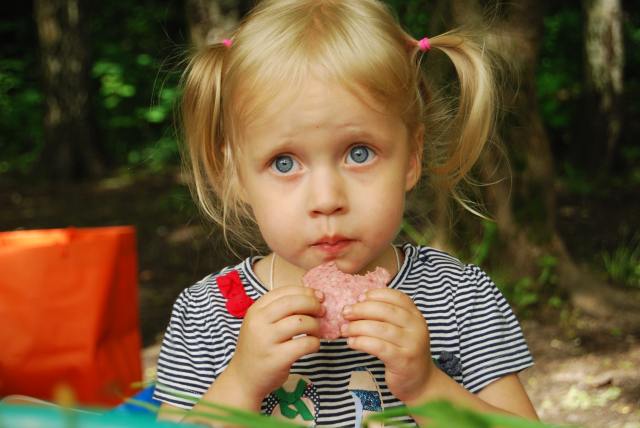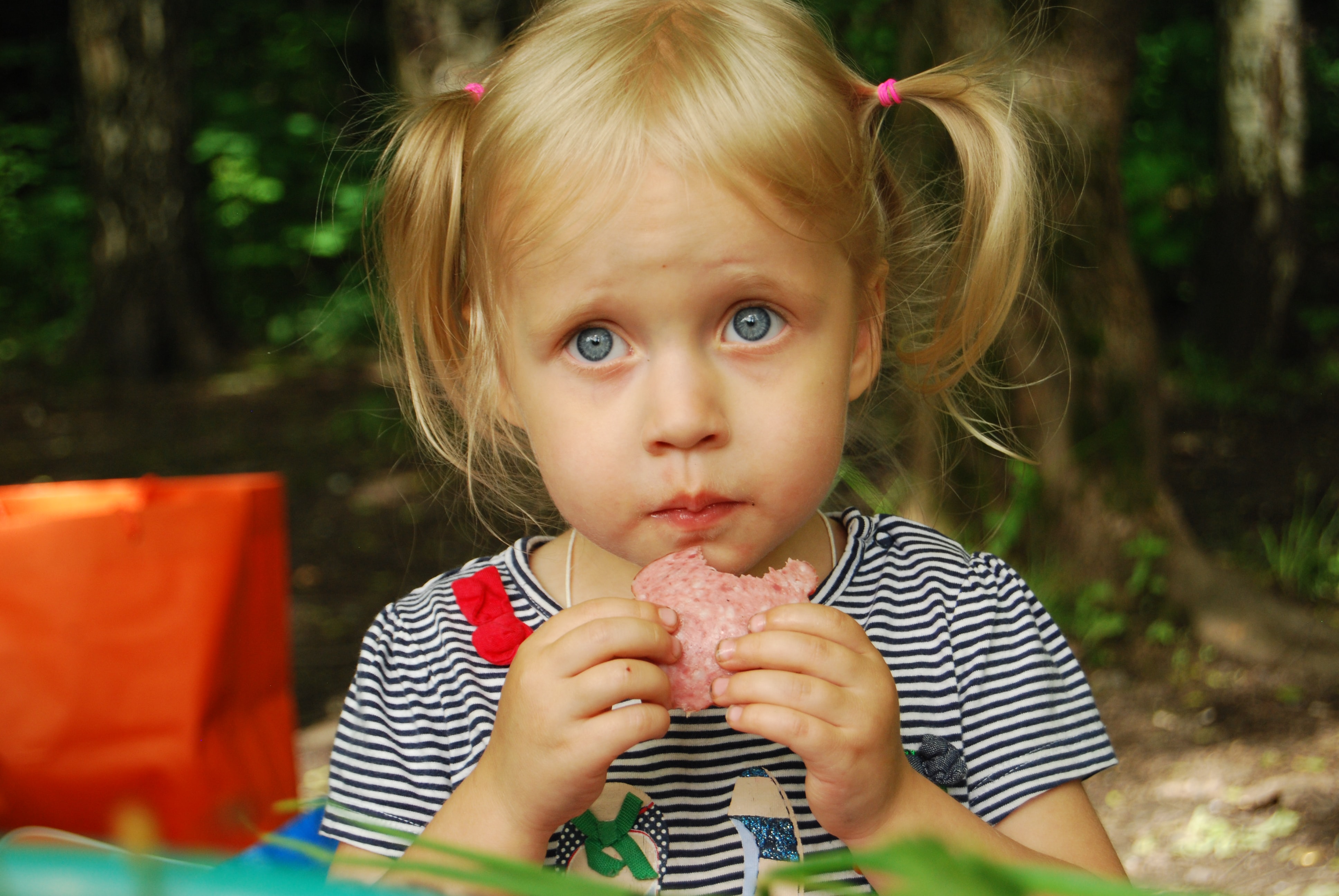This list of classic table manners is great for formal holiday gatherings
If you remember your parents raging against elbows on the table when you were a kid, you’re not alone. While these memories may now seem old-fashioned, having good manners will never go out of style. Use the holiday season as an opportunity to help your kids to practice proper etiquette (if they’re old enough to understand the concept). From putting a napkin in their lap to clearing their plate off the table and everything in between, here are the table manners that’ll encourage the best behavior when dealing with a more formal dining situation

1. Come to the table with a clean face and hands.
Bite-sized etiquette: Especially given the fact that kids will be sharing serving utensils with others, a quick wash really won't hurt.
2. Place your napkin in your lap before eating.
Bite-sized etiquette: Little kids can fold their napkins in half to make them smaller and keep them in place. Having something in the kids' lap is a great reminder not to lick food off their fingers!
3. Unless told otherwise, wait until everyone is seated and served to begin eating.
Bite-sized etiquette: This rule varies based on how formal or casual the meal is, whether it's buffet-style or if the kids are actually old enough to wait. Some hosts will also insist you start eating immediately if the food is hot (so it doesn't go cold while you wait). If they aren't sure, teach kids to show consideration by asking if they can start their meal once served or whether they should wait.
Related: This Is How I Teach My Child Simple Manners (You’re Welcome)

4. Try to hold your cutlery properly and (for older kids) cut your food with a fork and knife.
Bite-sized etiquette: Once your kids are old enough (toddlers get a hall pass!), teach them how to cut their food using a fork and knife and show them how to bring food up to their mouth instead of leaning over to eat. Here's a guide to fork and knife etiquette.
5. Don't talk while there's food in your mouth.
Bite-sized etiquette: This seems simple enough, but even adults sometimes have trouble waiting to say something until they've swallowed their food. Remind kids to chew with their mouths closed and not to burp with abandon.
6. But do talk to everyone at the table.
Bite-sized etiquette: It's fun to have a one-on-one with someone, but not always when there are two, three, or more people at the table. Encourage kids to engage with everyone sitting down to dine, whether it's just mom or dad or includes others like grandparents, family, or friends.

7. Don't play with your food.
Bite-sized etiquette: With so many hand-held foods in the mix on a regular dinner night (think tacos, fries, nuggets, pizza, hard-boiled eggs, etc.), kids may find it tempting to play with their meals. Let young diners know they should stick to eating their food instead of making it double as a toy (you can make exceptions for littler ones and picky eaters who are learning to eat new foods).
8. Double-dipping is a no-no.
Bite-sized etiquette: To avoid sharing germs and to practice common courtesy, don't double-dip! Instead, if you spot salsa, ranch, guacamole, or hummus, serve yourself the amount you want onto your own plate and then dip as much as you want into that individual portion. Think it's no big deal to plunge that bitten chip into the guac a second time? Read this to see why even science says you shouldn't do it!
Related: Why Family Dinner Conversations Are So Important & How We Make Them Matter

9. Ask for out-of-reach food to be passed to you.
Bite-sized etiquette: Avoid leaning over the table to access an out-of-reach item. Say "Please pass the peas" and wait for the person closest to the dish to send them your way.
10. Don't complain about the food.
Bite-sized etiquette: This is a huge one! Every parent has cooked a meal only to be met with moans and groans once served. Appreciation and respect for what's prepared starts at the home table. Kids may be a guest at grandma's or a friend's house, and they need to learn to be grateful and have good manners for what is on the table (Note: this advice is in the absence of food allergies or diet restrictions—in this situation, kids should always voice what they can and can't eat).

11. No electronic devices (or toys) at the table.
Bite-sized etiquette: We all do it, but when screens at the table aren't appropriate, practice what you preach and don't allow smartphones, electronic devices, or toys anywhere near the dinner table. Also, refrain from answering phone calls, emails, or texts until the meal is over. Recent studies show that almost half of parents share fewer meals with their families today than they did as kids, and "57% of parents agree that even when they eat together as a family, some of their family members are distracted by technology."
12. Stay at the dinner table until everyone finishes eating or ask to be excused (then clear your plate).
Bite-sized etiquette: Family dinners should include everyone enjoying each other's company until the last person has finished eating. If the kiddo needs to leave the table before then, they should ask for permission to be excused. At the meal's end, have kids clear their plates and offer to clear others if necessary, then end the meal by saying thank you.
Related: From Manners to Empathy, 5 Skills That Tech Might Be Eroding
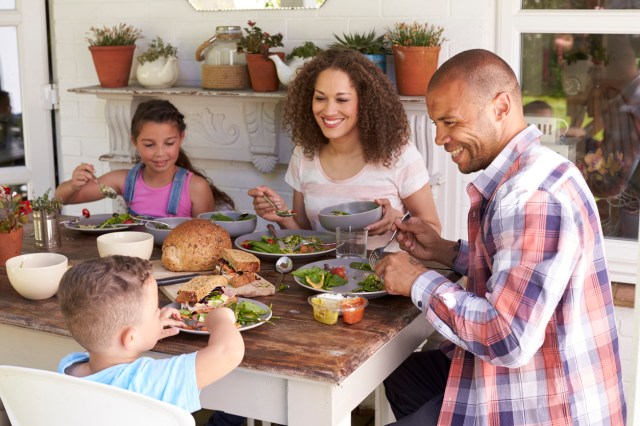
13. Leave inappropriate talk at the door.
Kids may think potty humor is hilarious, and you might even be forced to swallow a giggle sometimes, but the dinner table isn't the optimal place to hear jokes about flatulence.
14. Say thank you for the meal.
Bite-sized etiquette: Someone, whether it was you or a family member or friend, put a lot of effort into cooking the food, and kids should recognize and give props to the chef.











